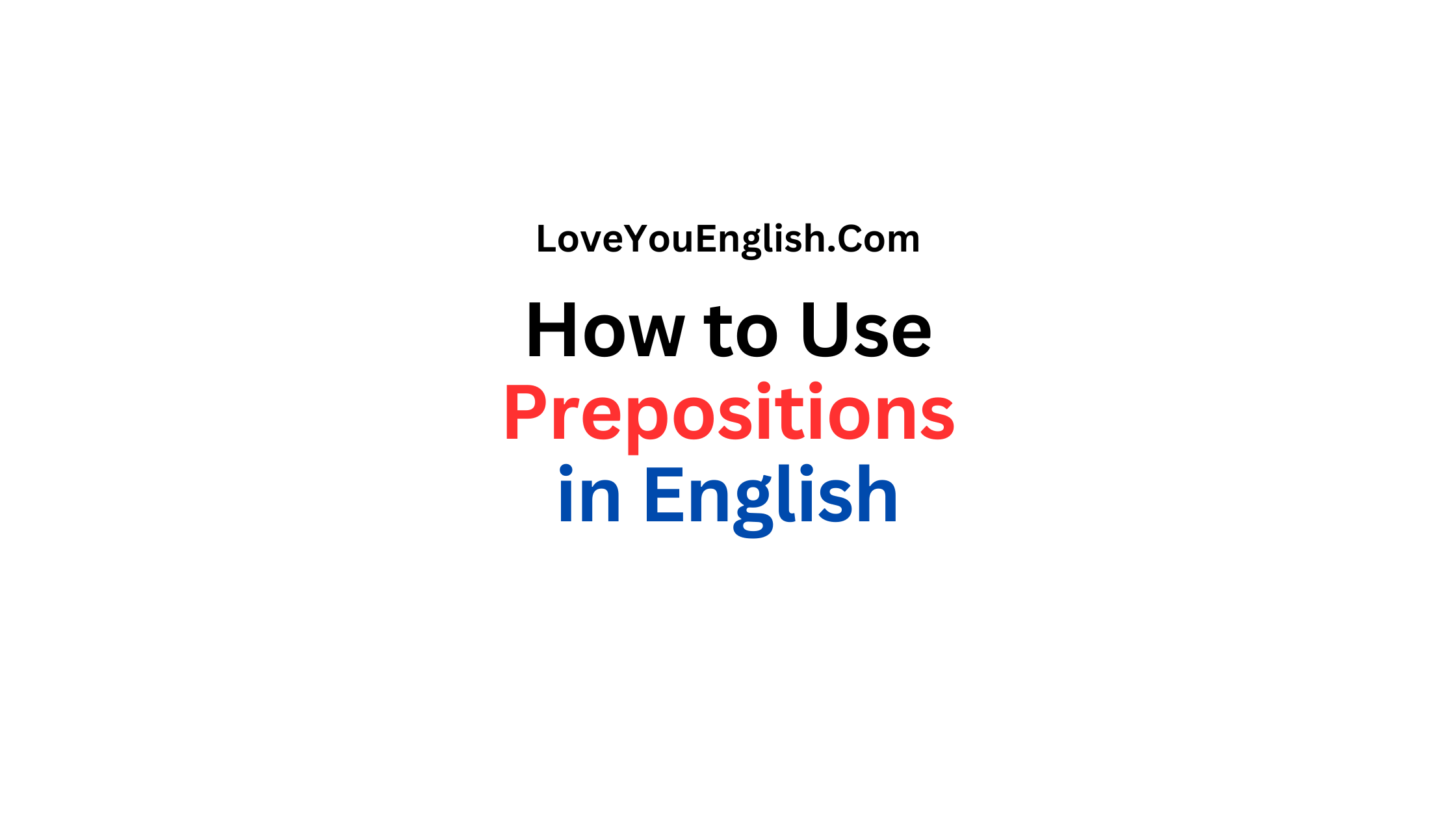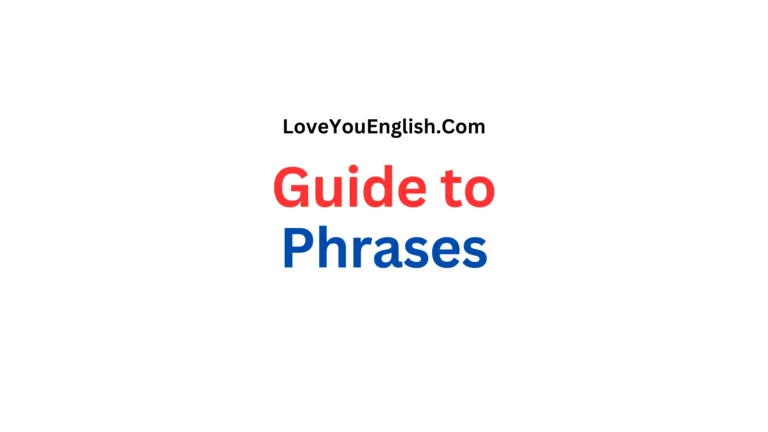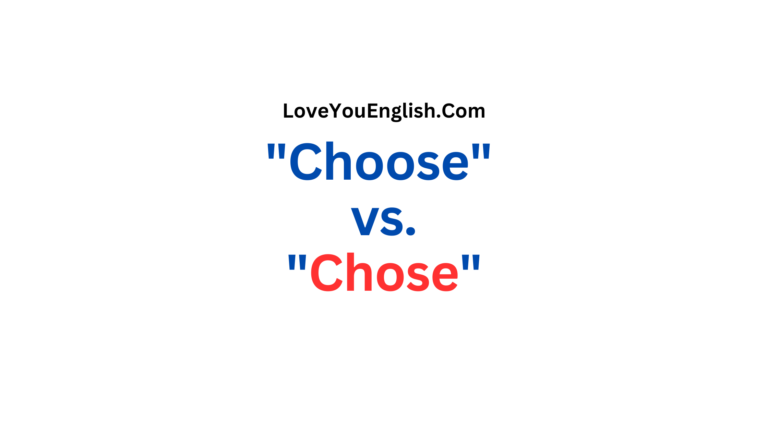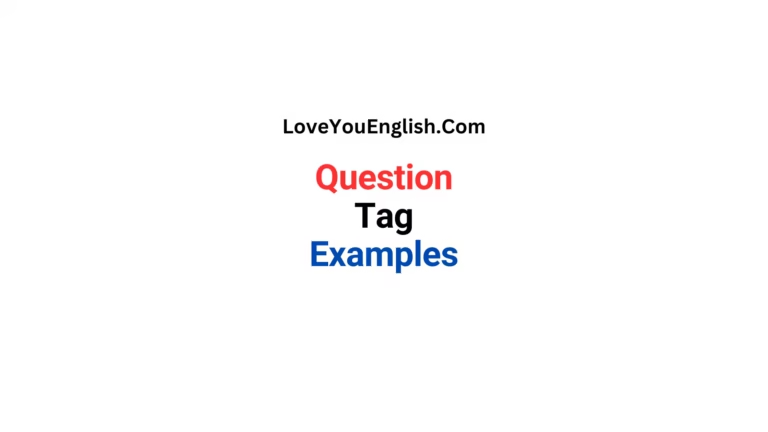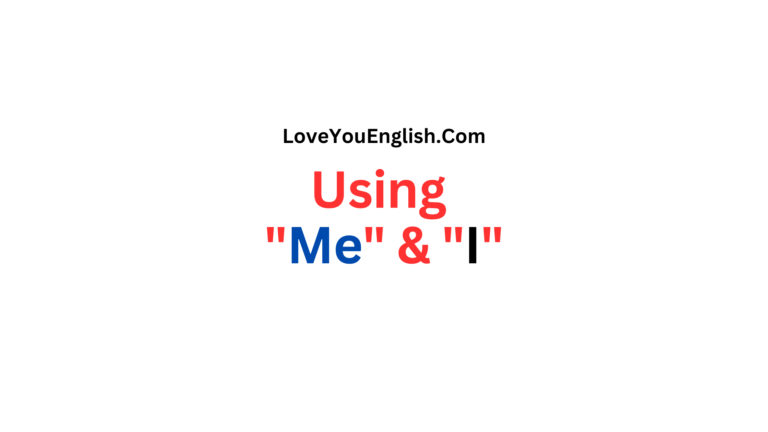How to Use Prepositions in English with Confidence
Prepositions are tiny but mighty words that help explain how different parts of a sentence connect with each other.
Even though they look easy, they can be confusing for people learning English, especially since they don’t always have the same meaning in other languages.
In this post, I’ll tell you what prepositions are, how to use them the right way, and share some useful tips to help you feel more confident when using them.
What Are Prepositions?
A preposition is a word that connects a noun or pronoun to other words in a sentence. Prepositions show relationships such as direction, time, place, and manner.
For example, in the sentence “The book is on the table,” the preposition “on” shows the relationship between the noun “book” and “table,” indicating where the book is located.
Prepositions are usually followed by a noun, pronoun, or noun phrase, which is called the object of the preposition. The object of the preposition tells us more about the relationship.
Types of Prepositions
There are many types of prepositions in English, each serving a different purpose.
Let’s look at the most common types and how they are used:
1. Prepositions of Time
These prepositions show when something happens.
- At: Used for specific times or points in time.
- On: Used for days and dates.
- In: Used for longer periods, such as months, years, seasons, or centuries.
2. Prepositions of Place
These prepositions tell us where something is located.
- At: Refers to a point or place.
- On: Refers to surfaces or locations on something.
- In: Refers to enclosed spaces.
3. Prepositions of Movement
These prepositions show movement from one place to another.
- To: Used to show movement toward a place or goal.
- Into: Used when something moves from outside to inside.
- Examples: She jumped into the pool. He walked into the room.
- Onto: Used when something moves toward a surface or place.
- Examples: The cat jumped onto the table. He climbed onto the roof.
4. Prepositions of Manner, Means, and Instrument
These prepositions show how something is done.
- By: Used to show the method of doing something.
- Examples: I go to work by bus. She travels by plane.
- With: Used to show the instrument or tool used.
- Examples: He cut the paper with scissors. She painted the picture with watercolors.
- Like: Used to show similarity or manner.
5. Prepositions of Direction
These prepositions show the direction in which something is moving.
- To: Used for general direction toward a place.
- Toward: Indicates movement in the direction of something, but not necessarily to a specific point.
- Examples: She moved toward the door. He is walking toward the exit.
6. Prepositions of Reason or Purpose
These prepositions indicate why something is happening.
- For: Used to show purpose, reason, or duration.
- Because of: Used to show the reason for something.
- Examples: The match was canceled because of rain. She was late because of traffic.
Common Mistakes with Prepositions
Even though prepositions seem simple, they can be tricky because their usage doesn’t always follow a clear rule.
Here are some common mistakes learners make and how to avoid them:
1. Incorrect Preposition Choice
Some prepositions have specific phrases they go with and using the wrong one can sound strange.
- Example: I’m good in playing soccer (Incorrect) → I’m good at playing soccer (Correct).
- Example: He is interested of science (Incorrect) → He is interested in science (Correct).
2. Prepositions in Phrasal Verbs
Phrasal verbs are combinations of verbs and prepositions (or adverbs), and they often have different meanings from the individual words.
For example:
- Look at (to watch something) vs. Look for (to search for something)
- Give up (to quit) vs. Give in (to surrender)
The choice of preposition in these combinations is important, so it’s best to learn phrasal verbs as whole units.
3. Prepositions in Questions
In questions, prepositions are often placed at the end of the sentence, especially in informal language.
For example:
- What are you talking about? (Informal) vs. About what are you talking? (Formal)
- Who is she sitting with? (Informal) vs. With whom is she sitting? (Formal)
Both forms are correct, but the first one is more common in everyday English.
Tips to Use Prepositions with Confidence
Using prepositions correctly in English takes practice, but with some simple strategies, you can feel more confident in your language skills.
Here are a few tips to help you:
1. Learn Prepositional Phrases
Many prepositions are used in fixed expressions, called prepositional phrases.
Learning these phrases as a unit will help you sound more natural.
For example:
By learning common prepositional phrases, you will avoid confusion and be able to use prepositions more easily.
2. Watch for Context
Prepositions often depend on the context of a sentence.
For example, the preposition “in” can be used for months, seasons, and years, but it might be replaced by “on” when referring to specific dates or days.
Pay close attention to how prepositions are used in different contexts.
3. Practice Using Prepositions in Sentences
Practice is key to mastering prepositions.
Write sentences using different prepositions to describe places, times, actions, and purposes.
For example, you can create sentences like:
- The meeting is at 3 PM.
- I’m going to the store to buy groceries.
- She is sitting on the chair next to the window.
4. Use Online Resources and Exercises
There are many online exercises and quizzes designed to test your understanding of prepositions.
Use these resources to reinforce your learning.
Websites like EnglishClub, Grammarly, and BBC Learning English offer exercises that cover preposition usage in various contexts.
5. Listen and Read in English
Listening and reading will help you get used to how prepositions are used in real-life situations.
Watch English-language movies, TV shows, or listen to podcasts.
Pay attention to how native speakers use prepositions in their speech and writing.
You can also read books, articles, and blogs to see prepositions in context.
6. Don’t Be Afraid to Make Mistakes
Remember that mistakes are part of the learning process.
Native speakers make mistakes with prepositions too.
The most important thing is to keep practicing and correcting yourself as you go.
Over time, you’ll start to use prepositions more naturally.
Conclusion
Prepositions play an important role in English and using them the right way can really boost your communication skills.
When you learn about the various kinds of prepositions and how they function, you can steer clear of typical errors and feel surer of yourself when using them.
Keep in mind that practice is essential, so continue to listen, read, and speak in English, and don’t worry about making mistakes.
With some time and hard work, using prepositions in English will feel natural!
Explore more grammar topics:
- 30 Common Prepositions in English Explained Simply
- How to Use the Future Simple in English
- Mastering Articles: A, An, and The
- Understanding and Using Tenses Correctly: A Simple Guide
- Conjunctions: Linking Words for Powerful Sentences

